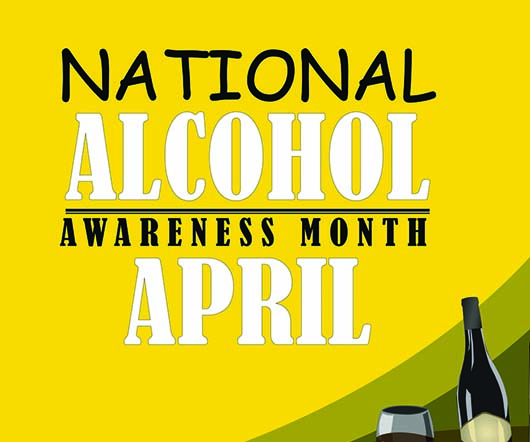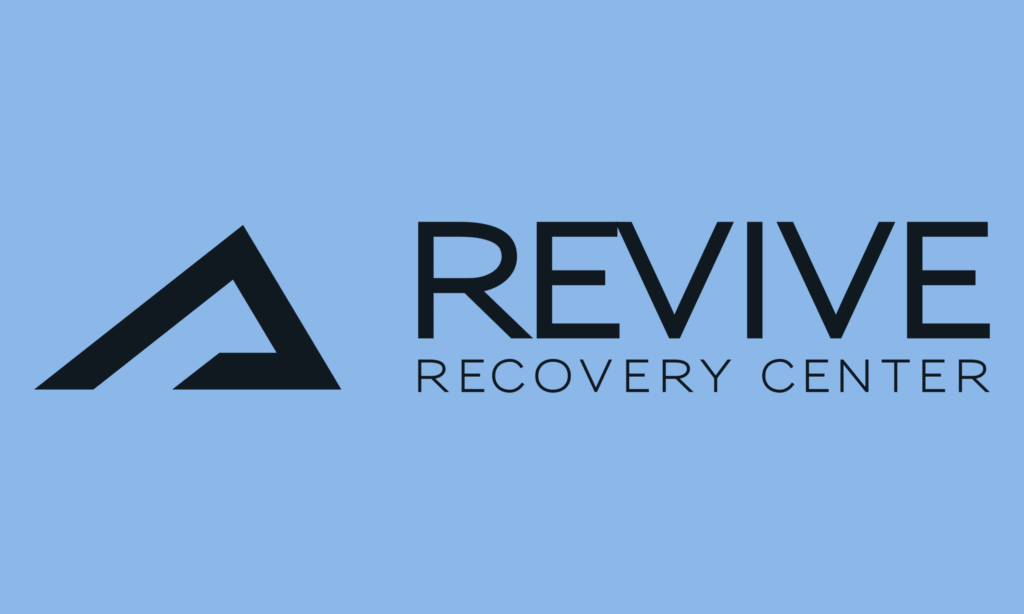PCS presents Summer Young Adult Intensive Programs These intensives are targeted to single young adults ages 18 to 25 and are scheduled for June 22-27, July 13-18 and August 10-15.Participants...
PCS presents Summer Young Adult Intensive Programs
These intensives are targeted to single young adults ages 18 to 25 and are scheduled for June 22-27, July 13-18 and August 10-15.
Participants will connect with other young adults in group therapy and time will be spent in individual sessions focusing on overcoming personal obstacles that block them from being the person they want to be. General daily schedule is Monday-Friday from 9:00 am to 5:00 pm for individual and group sessions. Lunch is provided. Services provided on an out-patient basis. For more information or to register, please call 480-947-5739 and speak to our program coordinators, Shanna Larson-Paola or Doug Withrow.
A gift on the day he was supposed to receive a sentence of years in prison
Patrick Fogarty is a young man in long-term recovery since 2008. He was consumed by addiction to prescription opiates and later, heroin, throughout his twenties, ending up in the state prison system and finally homeless in Kentucky. Patrick has found new life since discovering recovery, and has dedicated his future to helping those suffering from addiction and preventing others from its destruction. He is now a Certified Alcohol & Drug Counselor, Vice President of People Advocating Recovery (PAR), and the Chief Program Officer of The Healing Place Recovery Program.
During a caseworker’s pre-sentence investigation, Fogarty found himself being honest and telling her he had a “major drug problem.” He said, “I’m good with going back to prison. Send me back. I have nothing.”
That honesty — and the caseworker’s compassion — earned him a spot at The Healing Place in Louisville, Kentucky, the organization where Fogarty now works as a result of entering recovery in 2008.
Part of Fogarty’s duties at The Healing Place is to serve as the organization’s media spokesperson. The Healing Place is well known in the community because of its social model recovery programs and its 75 percent success rate in alumni staying in recovery for more than one year.
Fogarty welcomes the chance to answer a media call, even to go on television, although he admits to being frustrated with much of the news focus on addiction rather than recovery. He believes that serving as a recovery advocate is his duty.
“I don’t wear a mask anymore,” he says. “I put it all the way out there. I’m not concerned with what others think about me.”
Still, Fogarty understands that public advocacy and helping to change messages for the media and the public is not for everyone. “They don’t want to be on TV or they don’t want their employers to know, and I do understand that. But some of us have got to talk.”
Fogarty’s work at The Healing Place still takes him back to jails and prisons, just not in lockup. As a certified alcohol and drug counselor, he works with men transitioning out of prison and back into society.
“It’s so rewarding when a guy listens to you and follows what you say,” he explains. “I have so much empathy for them and I want them to do good.”
Fogarty continues, “Recovery for me is a new way of life. Recovery for me is spirituality. Recovery for me is spreading the message of course and I believe by spreading the message we also exercise prevention so some people don’t have to go through what I went through.”
April Drug Take-Back Day Set Record for Prescription Drug Collection
The latest National Prescription Drug Take-Back Day was the most successful yet, resulting in 780,158 pounds of prescription pills collected across the country on April 26.
The event included 6,072 collection sites. It was sponsored by the Drug Enforcement Administration (DEA) and more than 4,000 state, local and tribal law enforcement partners. In total, the eight Take-Back Days held since 2010 have collected 4.1 million pounds of prescription drugs.
“DEA’s National Prescription Drug Take-Back events provide an obviously needed and valued service to the public, while also reducing prescription drug abuse and trafficking,” DEA Administrator Michele Leonhart said in a news release. “By taking these medications off their hands, our citizens know they have made their own families and communities safer. We continue to work toward making the process for disposing of controlled substance medications by users and their caregivers even easier by creating regulations that will enable the public to regularly, safely, and conveniently dispose of such medicines when they are no longer needed or wanted.”
Approximately 6.8 million Americans reported having abused prescription medications in 2012, according to the National Survey on Drug Use and Health. More than half of people who abuse prescription pain relievers say they obtained them through relatives or friends, including raiding the family medicine cabinet.
The DEA hopes people will drop off prescription medicines during Take-Back Days instead of flushing them down the toilet or throwing them in the trash. More than 12,000 pounds of prescription and over-the-counter medications were collected at the Drug Enforcement Administration’s eighth Prescription Drug Take-Back Day in Arizona
DEA Arrests at Least 150 People in Synthetic Drug Operation in 29 States
The Drug Enforcement Administration (DEA) announced Wednesday it conducted a major crackdown on synthetic drugs that involved the arrest of at least 150 people in 29 states, and the seizure of more than $20 million in products and cash. Hundreds of thousands of packets of synthetic drugs were seized.
The operation comes a week after more than 100 people in Texas became ill from synthetic marijuana, the Los Angeles Times reports. “There’s a cluster of people with severe anxiety, some with seizures, that could be because of synthetic cannaboids,” Dr. Miguel Fernandez, Director of South Texas Poison Center, told the newspaper. “I would caution people not to use them because they are not like typical marijuana.”
Law enforcement and prosecutors have found it difficult to win convictions against makers of synthetic drugs, who are constantly changing the chemistry of the products to stay one step ahead of the law. In order to convict a synthetic drug maker, officials must prove the person sold the drug, and that the drug was substantially similar to a specifically banned substance. All a drug maker has to do is make small chemical changes to their products so they are not considered “analogues,” or chemical compound similar to banned drugs.
The DEA and authorities in three other countries announced the arrests of dozens of people involved in trafficking designer drugs such as bath salts and synthetic marijuana. In the United States, the enforcement operations took place in 49 cities, and targeted retailers, wholesalers and manufacturers. The operations included more than 150 arrest warrants.
In 2013, the Substance Abuse and Mental Health Services Administration reported 29,000 emergency department visits nationwide in 2011 resulting from use of synthetic marijuana, up from 11,000 in 2010.
Clinton Foundation Works to Bring Down Cost of Naloxone
The Clinton Foundation wants to decrease the cost of the opioid overdose antidote naloxone. Last month, the Food and Drug Administration (FDA) approved a handheld device that delivers a single dose of naloxone.
“Let’s assume that the FDA approval means there really will be easier, understandable, much more user-friendly ways of getting the medications into the bodies of people who need it before they die,” Former President Bill Clinton said Tuesday at a town hall meeting about reducing prescription drug abuse. He spoke at Johns Hopkins University, CBS Baltimore reports.
Hillary Clinton told the National Council for Behavioral Health Conference the Clinton Foundation “is making naloxone a priority,” according to The Hill. Some states have passed laws allowing first responders to carry the antidote.
Naloxone, sold under the brand name Narcan, is becoming more widely available nationwide. It has been used for many years by paramedics and doctors in emergency rooms. It is administered by nasal spray. The medication blocks the ability of heroin or opioid painkillers to attach to brain cells. The U.S. Office of National Drug Control Policy says it is encouraging police departments to carry Narcan.
In March, Attorney General Eric Holder said the government is encouraging emergency personnel to carry naloxone.
Last year, the Clinton Foundation announced it would work with the New York Police Department and other partners to address prescription drug abuse, with a focus on college students.
Prescription Drug Abuse Takes Enormous Toll on Seniors
Prescription drug abuse is hitting the senior community hard, according to a review of government data conducted by USA Today. The newspaper looked at overdose deaths, emergency room visits and admissions to addiction treatment programs.
“There’s this growing group of seniors, they have pain, they have anxiety…and a lot of (doctors) have one thing in their tool box — a prescription pad,” said Mel Pohl, Medical Director at the Las Vegas Recovery Center, which treats elderly patients for pain and drug dependence. “The doctor wants to make their life better, so they start on the meds.” Patients build up a tolerance over time, or they suffer more pain and request more medication. “And without anyone necessarily realizing, it begins a downward spiral with horrible consequences,” he told the newspaper.
Elderly patients are susceptible to complications from drug use, including falls, cognitive problems, respiratory failure and dementia, the article notes.
Older patients are receiving more opioid painkillers and benzodiazepines (such as Xanax and Valium). Last year, 55 million opioid prescriptions were written for people 65 and older, marking a 20 percent increase over five years—almost double the growth rate of the elderly population. During the same period, the number of benzodiazepine prescriptions rose 12 percent, to 28.4 million.
The Substance Abuse and Mental Health Services Administration found in 2012, the average number of elderly people misusing or dependent on prescription painkillers in the past year increased from 132,000 a decade ago, to 336,000. Government data also shows a 46 percent increase in cases of adults 55 and older seeking substance abuse treatment for prescription narcotics from 2007 to 2011.


























